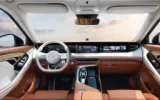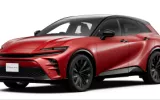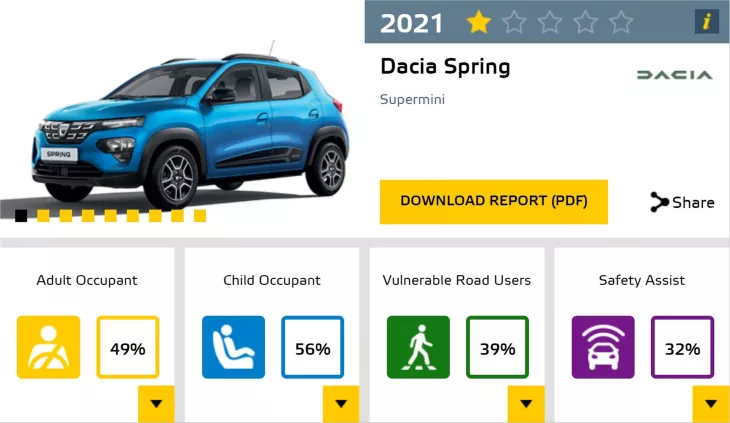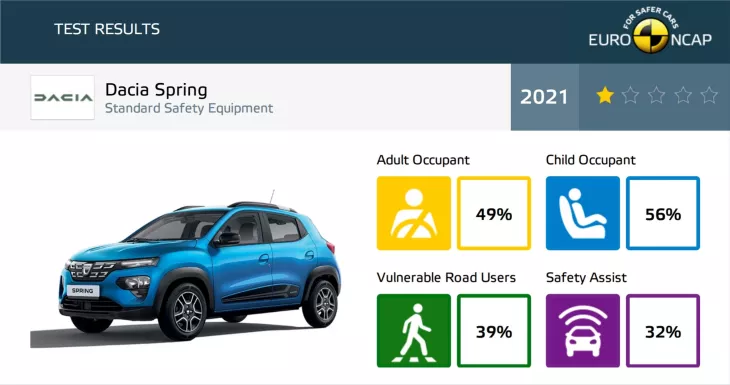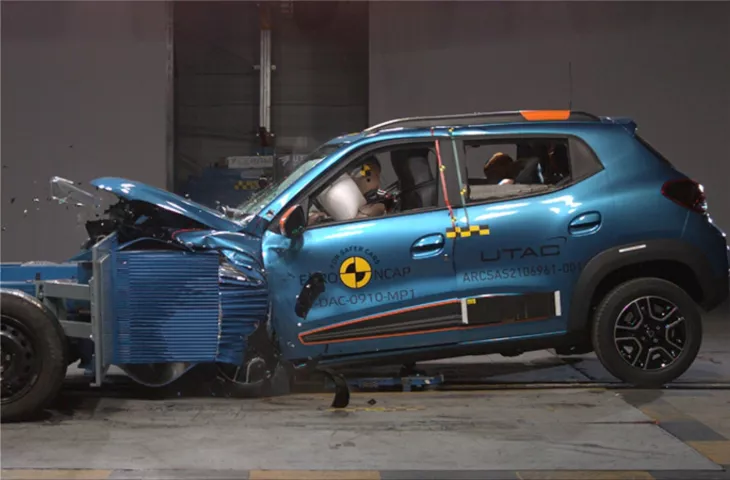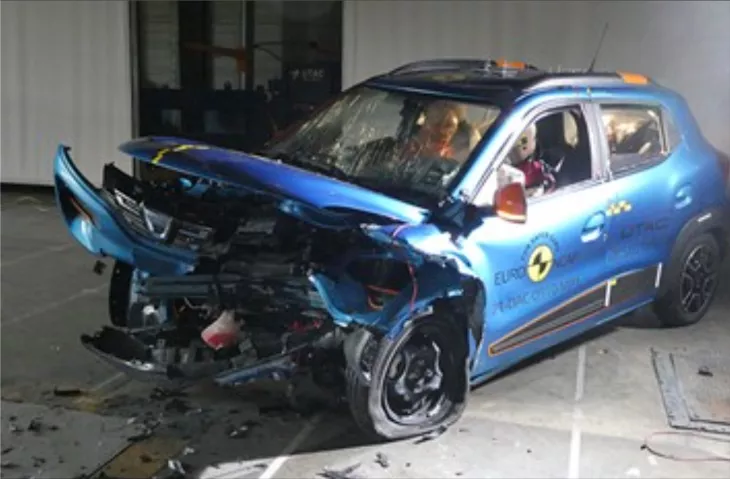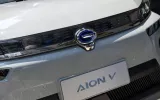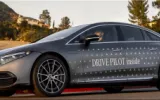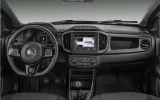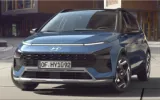Dacia Spring's results came at the Euro NCAP safety tests: One out of five stars. No matter how we analyze the situation, a star in the Euro NCAP safety tests is a poor result - we need to explain how Euro NCAP reaches the overall score explained visually in stars for each car tested.
Euro NCAP tests vehicles in several categories. The most important are: - Structural safety, which is noted depending on how the dummies - adults and children - are affected by the car's strength in a series of front and side-impact tests performed at different speeds, between 30 and 60 km / h. Active safety notes how effective advanced electronic systems such as automatic braking, blind-spot monitoring, tread recognition, and so on are. - The safety of road users (pedestrians, cyclists, motorcyclists) whom Euro NCAP defines as "vulnerable road users."
It's essential to remember to give the final rating of a car, and Euro NCAP does not make arithmetic or weighted average between all these categories. Although the organization provides very detailed separate scores for each test in each class, the final grade illustrated by the famous stars is given by - and this is extremely important to remember - the poorest result in any of the above categories.
Then there is the constant updating of Euro NCAP tests. Every year, the organization introduces new, more complex, and more challenging tests, which have the role of ensuring that we, the customers, that the new cars rise to the level of market requirements. In other words, a vehicle that received five stars ten years ago would not qualify today in any case for this scoring area. The reverse is also true: a car that gets a star today would have been superior to the test criteria of 10 years ago. Euro NCAP considers that the grade received by a vehicle for its tests can be regarded as valid for 3-4 years.
This slightly more complex picture would give everyone a complete and accurate picture. Much more accurate. It is important to understand how Euro NCAP works and why the results must be analyzed in detail. Because there are cases in which a car is not a trap on wheels, but primarily because it lacks some assistance systems that could avoid possible accidents.
What's wrong with Dacia Spring? The problem with Dacia Spring is, of course, that the car doesn't even reach many stars structurally. According to Euro NCAP rules and according to my calculations, the results that the electric model would display if Euro NCAP published the results broken down by test categories would be: - Protection of adult passengers: one star (49% - with another percentage would have risen to two stars) - Protection of child passengers: two stars (56%) - Protection of pedestrians, motorcycles, bicycles: two stars (39% - with another percentage would have had three stars) - Efficiency of security systems: one star (32% - two percent lower, Dacia Spring would have had zero stars Euro NCAP). The percentages are the percentage of the total potential points the car received in the tests in each category.
Paradoxically, although the image impact is massive when Euro NCAP announces the results, Dacia officials assume these results - and they were expecting them, especially after the two stars of Dacia Sandero in the test in the spring of 2021. In the last discussion with the brand's management team, I asked them why they do not offer a package of safety systems, at least optional on Dacia models. Their answer: Dacia considers that decent structural protection is enough. Because branding is the definition of basic needs, and otherwise tick the mandatory details by law (such as automatic emergency braking). Solutions may exist, but it would probably affect the price positioning of the brand's models to some extent. One of these options would be for Dacia to offer customers who want this, for a fee, a complete safety package. Although it seems simple, the package means significant structural changes on the production line. And Dacia is a brand in which accountants count every penny.
As for the Renault Zoe, things are even more complex and confirm that Euro NCAP should change how it communicates the results. Because Renault's electric model received five stars seven years ago, on its first test, and zero stars now. Mathematically and empirically, the difference is radical, and it is too much to be explained exclusively by the high complexity of current tests.
In the official communication from Euro NCAP, we find that security features have been added. However, on the contrary, the side airbag, which previously protected the head and chest, has been replaced with a less effective one that only covers the chest, thus degrading the occupant protection. As a result, the new Renault Zoe offers poor general protection in the event of accidents, insufficient protection of vulnerable road users, and lacks technologies to prevent accidents. These elements disqualify it for any safety star.
In other words, Renault has unknowingly replaced a good side airbag with a worse one. And this also affected the structural result because the tests generated very low scores. So what would Zoe's results look like if Euro NCAP had written each category separately? - Protection of adult passengers: one star (43% - under Dacia Spring) - Protection of child passengers: two stars (56%) - Protection of pedestrians, motorcycles, bicycles: three stars (41%) - Efficiency of safety systems: zero stars (14 %) % - a car qualifies for a star at over 30%). @via Euro NCAP.

